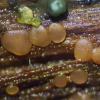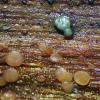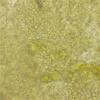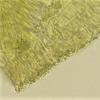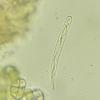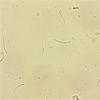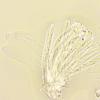
20-12-2025 23:08
Patrice TANCHAUDBonsoir, récolte sur sol sablonneux dans l'arri�

21-12-2025 09:32
Hello.A tiny ascomycete found embedded in wood in

20-12-2025 15:47
Mirek GrycHi.These grew on pine wood that was heavily covere

18-12-2025 21:17
Pol DebaenstThe identification took me to Byssonectria deformi

15-12-2025 07:09
 Danny Newman
Danny Newman
indet. Rutstroemiaceae sp. on unk. fallen leavesMc

19-12-2025 10:10
Patrice TANCHAUDBonjour, récolte réalisée en milieu dunaire, a

18-12-2025 17:23
 Bruno Coué
Bruno Coué
Bonjour,je serais heureux d'avoir votre avis sur c

18-12-2025 18:07
Margot en Geert VullingsThese plumes were found on rotten wood.They strong
 Hello, I just read the post from 18-05-2020 and I wanted to post a topic too. Seeing the last post (what a coincidence by the way!!!) I'm almost sure, but because it's very rare in Holland I would still very much appreciate a reaction/confirmation.... :). I placed pieces of bark from Salix caprea in a moist chamber and these Orbilia's appeared. Apothecia max 1,2 mm, sessile, smooth. Colour light apricot. Excipulum textura angularis.
Hello, I just read the post from 18-05-2020 and I wanted to post a topic too. Seeing the last post (what a coincidence by the way!!!) I'm almost sure, but because it's very rare in Holland I would still very much appreciate a reaction/confirmation.... :). I placed pieces of bark from Salix caprea in a moist chamber and these Orbilia's appeared. Apothecia max 1,2 mm, sessile, smooth. Colour light apricot. Excipulum textura angularis.Asci: 40-55(60) x 3-5, often truncate. 8 spored, with slim tapering end, base often "forked"(bifurcate?). Paraphyses more or less same height, apex hardly swollen with "topping" (I don't know the word.... exudat?).
Spores 12,5-14,5 x 1-1,7. slightly curved. SB's large, up to 1/3 of the spore (app 3-4 µ). Reading "Phylogenetic and morphological circumscription of the Orbilia aurantiorubra group" and an article written by L. Rommelaars (Coolia 2013) I think this is also Orbilia aurantiorubra?




